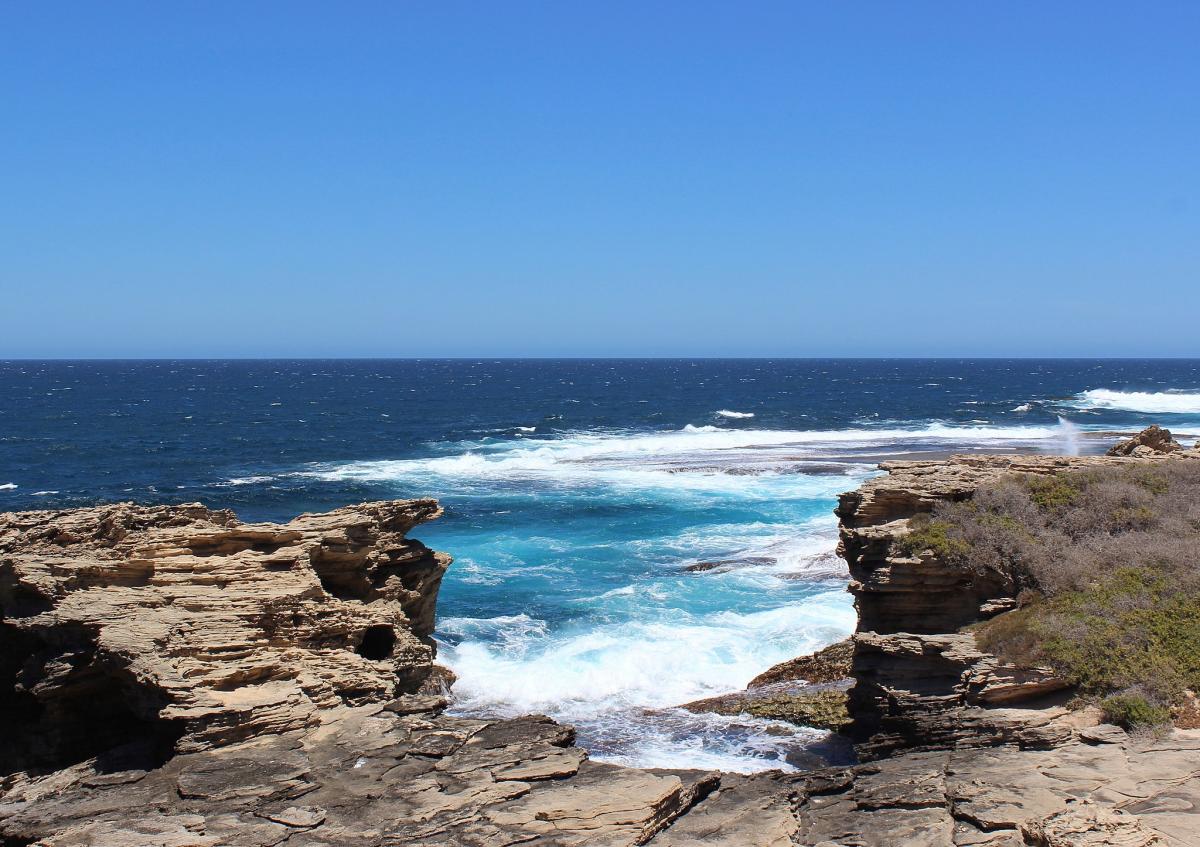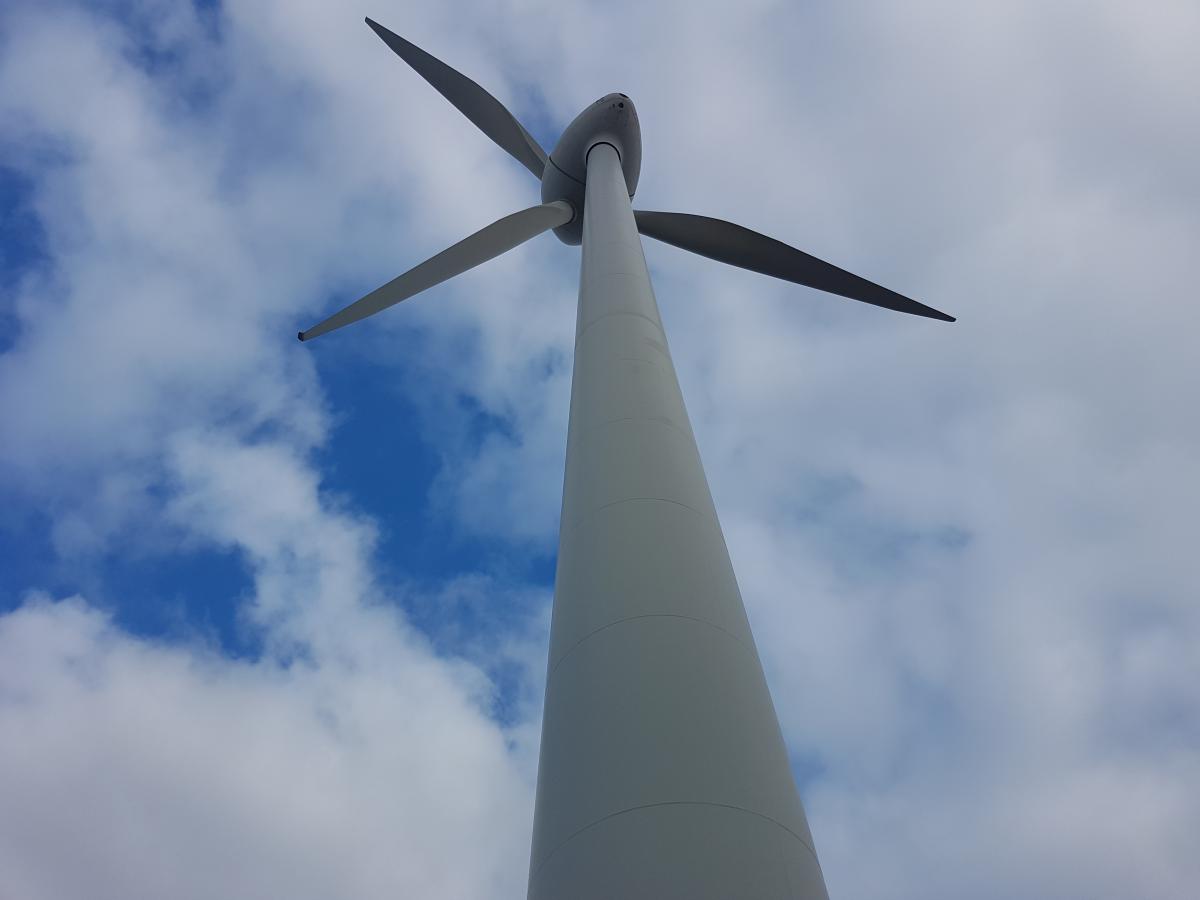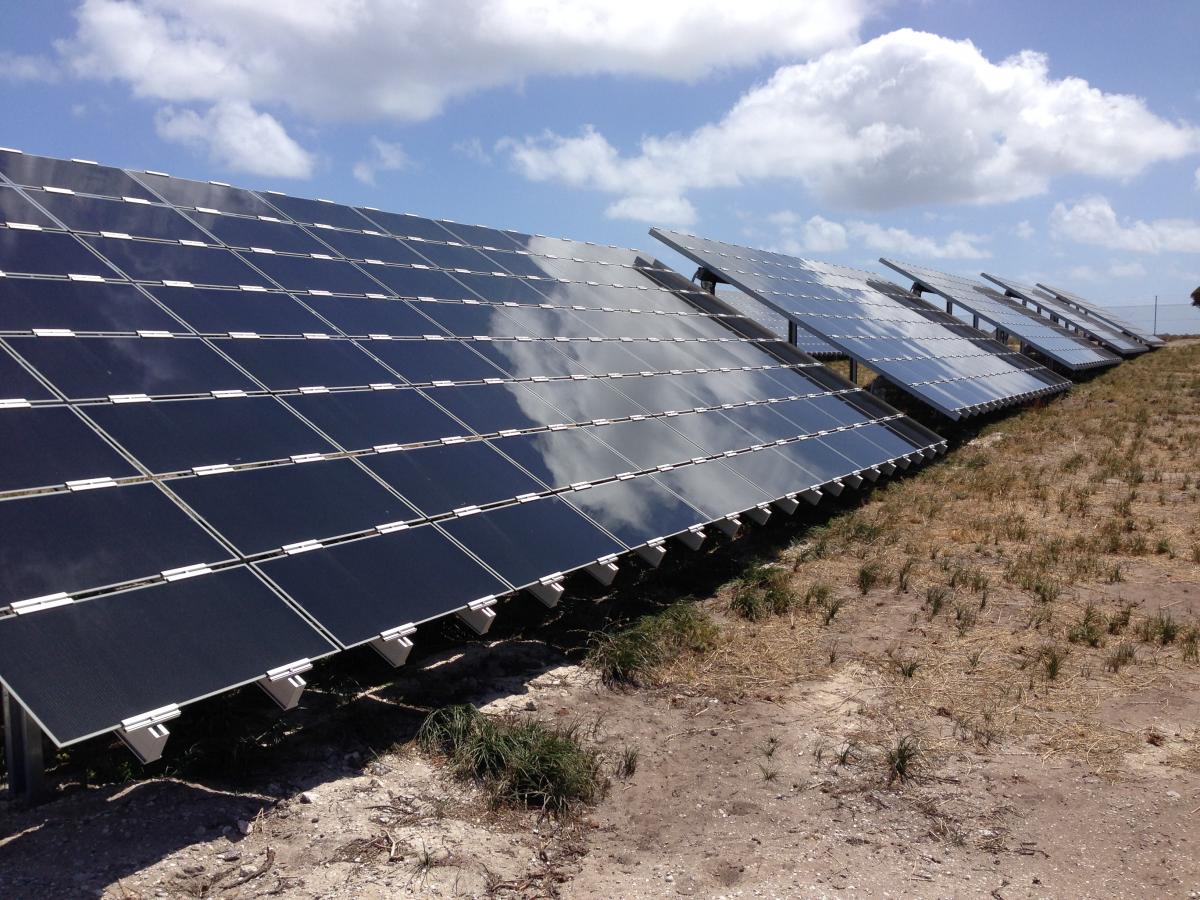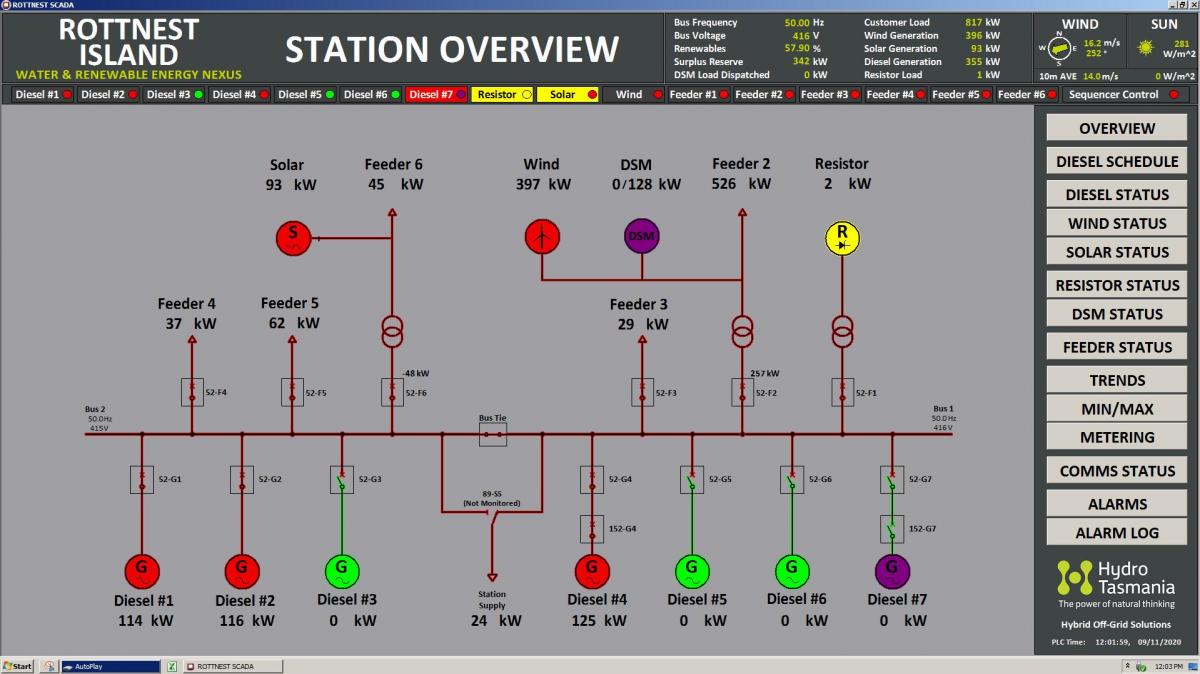The Rottnest Island Authority faced the challenge of utilizing hybrid renewable energy to produce enough electricity and potable water for this pristine island’s large annual influx of visitors. By conducting feasibility studies with HOMER Pro modeling software, the team found a path to success through demand management and optimal system design.
With white-sand beaches, coral reefs, and crystalline waters, Rottnest Island is a traveler’s paradise. However, the 7.3-square-mile island is also an important cultural heritage site for Aboriginal Noongar people and a sensitive environment, home to 135 species of tropical fish, adorable marsupials called quokkas, and a flourishing bird population.

The island, managed by the Rottnest Island Authority, produces its own supply of water and electricity to support an influx of more than 500,000 visitors each year. A desalination plant at Longreach Bay converts saline water into potable via reverse osmosis–an energy-intensive process in which pressurized water is pushed through a membrane to remove sodium ions. Diesel generators and a wind turbine produce energy to meet the island’s annual demand of about 6 GWh.

In an effort to reduce power costs and greenhouse gas emissions, the Rottnest Island Authority collaborated with Hydro Tasmania, ComAp, and the Australian Renewable Energy Agency to develop a plan to increase the contribution of renewable generation in the island’s energy portfolio from 30% to 45%. It set out to accomplish this by adding 500 kW of solar PV to the existing 600 kW of wind power to displace low-load and standard diesel generation.
In hybrid projects, however, high renewable energy contributions often affect system stability, producing operational challenges and intermittency. While traditional solutions include supportive technologies such as energy storage or supplemental diesel generation, neither of these options were considered suitable with the project’s clean energy goals or budget at the time. That’s when project engineers began to develop an innovative approach to renewables integration at the water-energy nexus.

Engineers identified the desalination plant as a potential target for demand management early in the project development process. At 145 kW, it represented one of the largest loads on Rottnest Island. It was also considered a discretionary load that is both deferrable and interruptible at the time. With the plant able to store 15 ML—a 20-day supply of potable water for the community—the potable water production process was considered entirely flexible. In this case the system could make the best use of excess renewable energy by diverting it to power the desalination plant when renewable energy was abundant.
The team conducted feasibility studies using HOMER Pro modeling software to determine the optimal system design to assist with component sizing.
The main design challenge was in integrating renewable generation sources while maintaining power quality and stability—a feat that the team accomplished through the innovative use of smart controls.
First, the team added 500 kW of PV and connected the generation sources to the desalination plant with smart controls. To assist with the integration of new and existing electricity technologies, legacy controllers were also replaced. The updated control system is used to manage the generation and can signal the desalination plant to operate at maximum capacity when wind and solar energy are abundant and store treated water for use when renewable energy isn’t available. The system also has the ability to switch off the desalination plant as a flexible load and still maintain increased renewable energy penetration levels, an approach that has been proven to be more effective.

Hydro Tasmania developed a technology called a dynamic resistor that converts surplus energy into a fast-acting reserve through rapid loading and unloading. In traditional hybrid systems, when renewable generation exceeds the load, it is typically either curtailed or the energy is stored in batteries for later use. In the case of Rottnest Island, the dynamic resistor allows the system to provide faster and more accurate supply and demand balancing while maintaining high power quality.

By utilizing surplus renewable energy to power the desalination plant or to load the dynamic resistor, the Rottnest Island Water-Energy Nexus Project can use the desalinated water produced for later consumption as a form of energy storage without the high capital cost associated with batteries. And by capitalizing on a high degree of renewable generation, up to 95% at times, the innovative system can offer the community significant cost savings.
To further connect the energy system to the community, the team developed a smartphone app, available from the RIA website, that allows users to observe the different technologies that are producing their electricity and monitor the island’s generation portfolio in real-time. Using the app, the public can see firsthand how combining thermal and renewable energy generation enables the Rottnest Island Authority to provide the fixed and flexible electricity needs of the Island while reducing greenhouse gas emissions.
To view a recording of Dr. James Hamilton’s presentation about the Rottnest Island Water Renewable Energy Nexus project at the 8th Annual HOMER International Microgrid Conference please click here.
